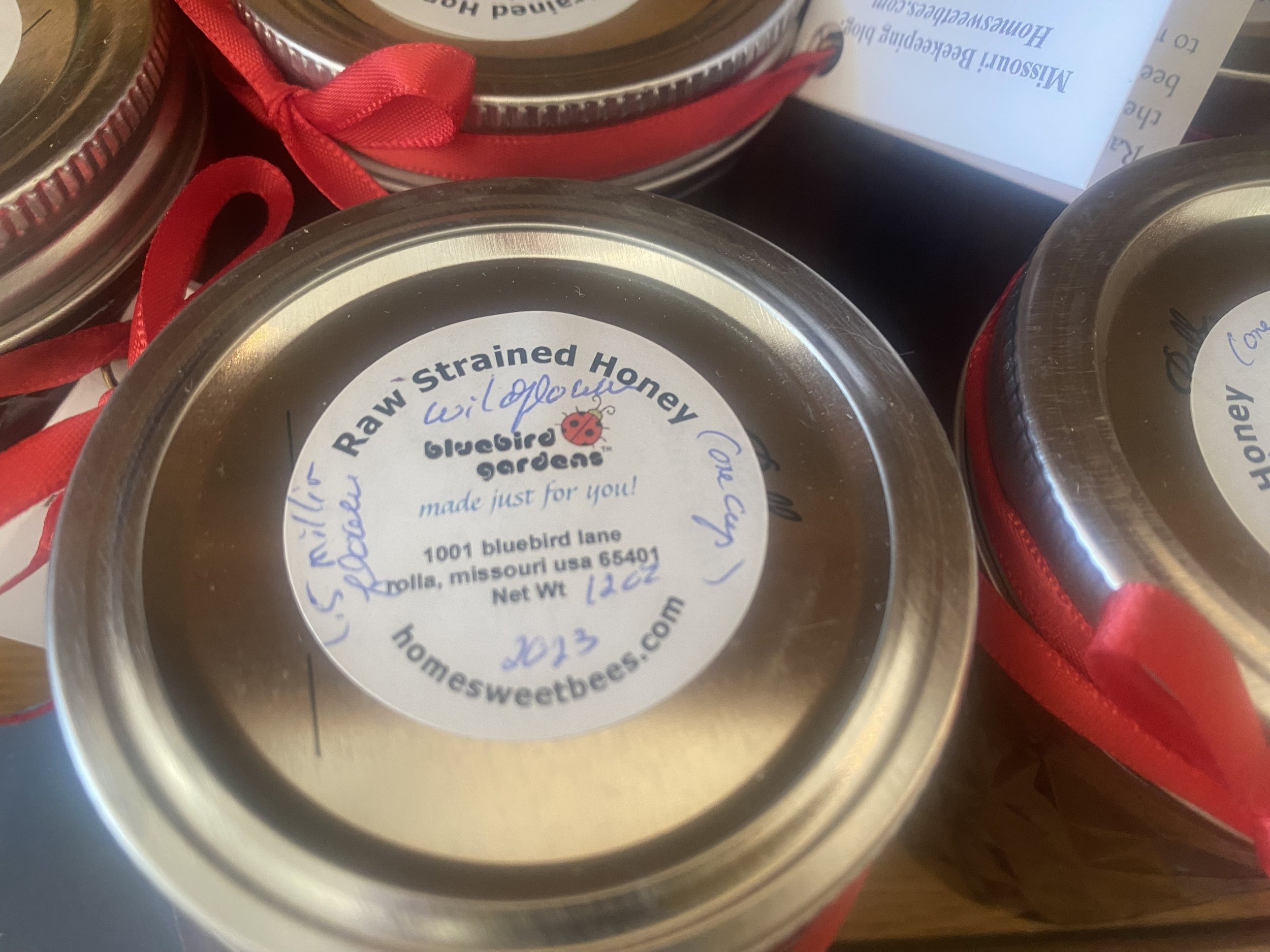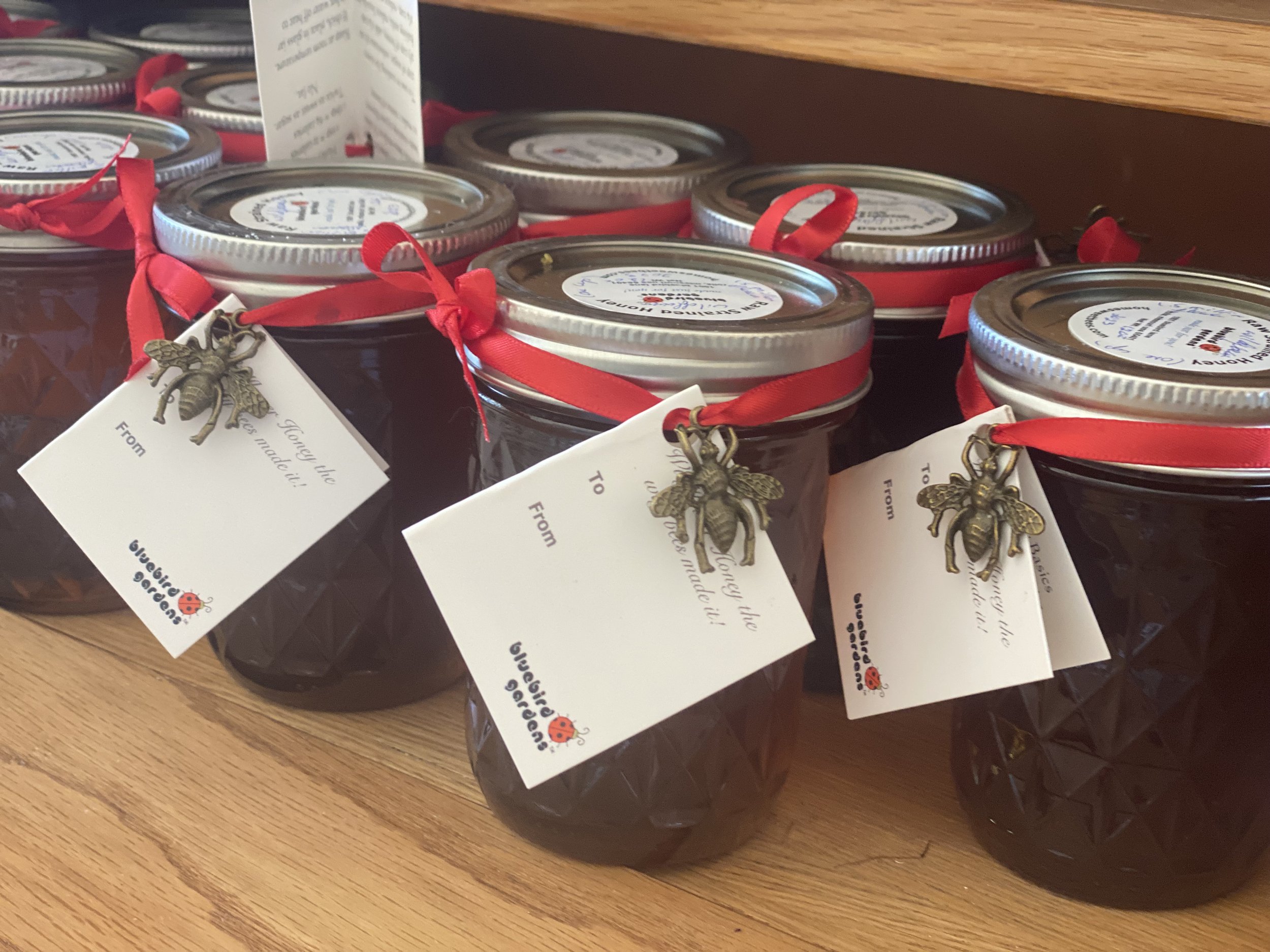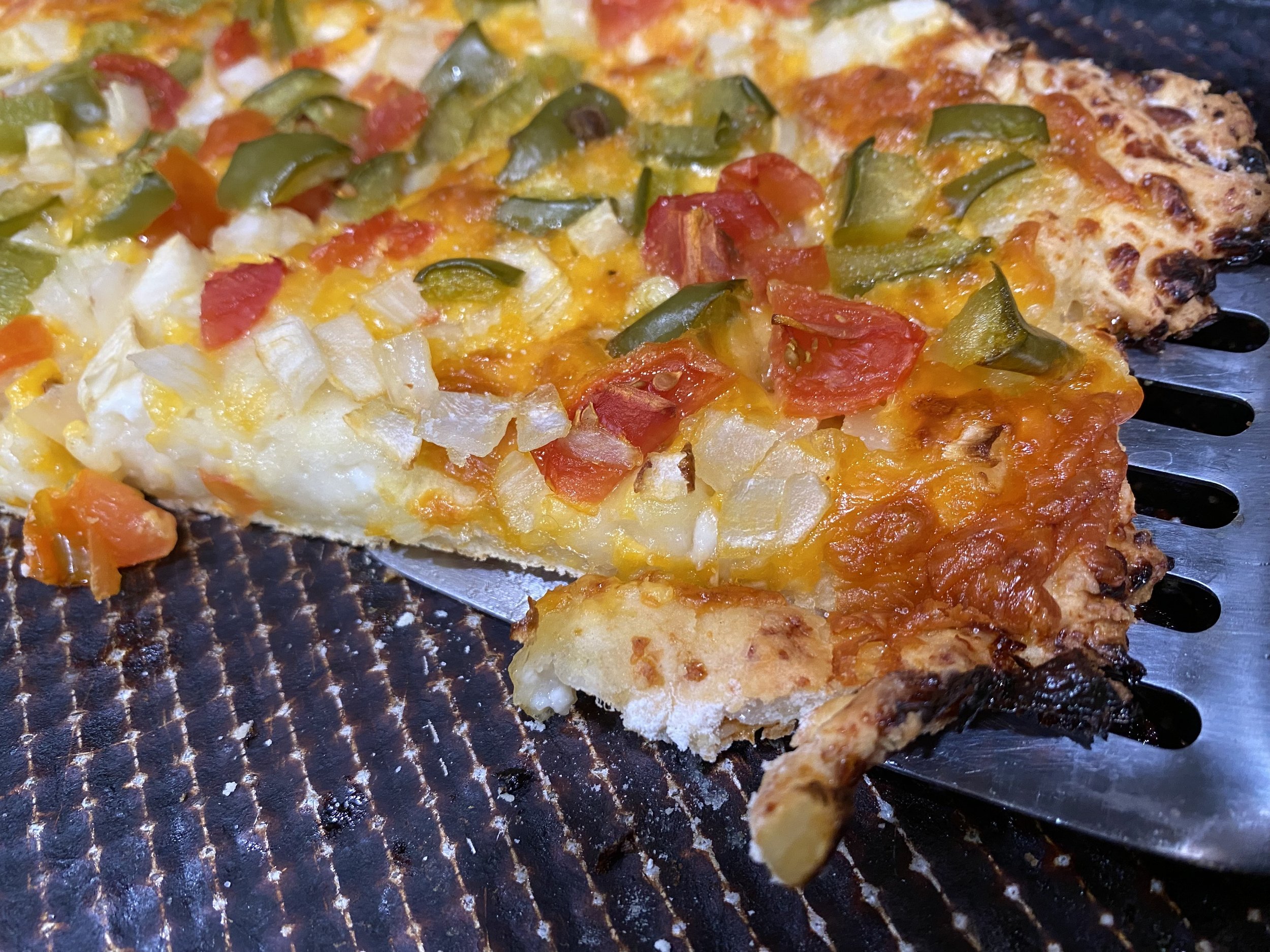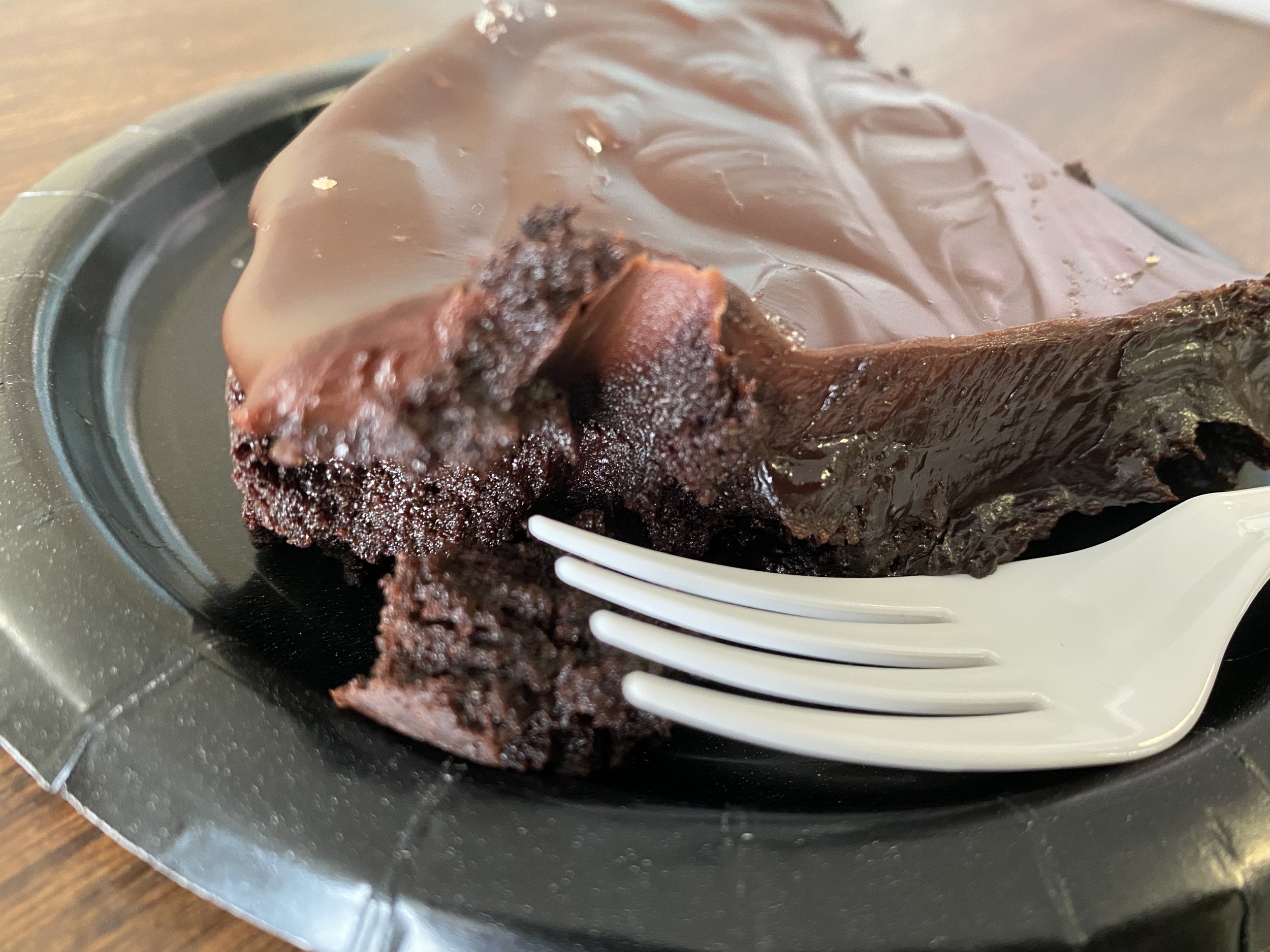Local Honey Facts
/My first batch of hand extracted 2023 honey. (charlotte ekker wiggins photo)
Local Honey Facts
August is the informal beginning of the US Midwest honey season. Temperatures are hot enough to make honey extracting easy and most beekeepers prefer to get the extracting, and selling, done all at once. You bet it gets sticky!
If you haven’t tried honey:
Honey is twice as sweet as sugar.
One teaspoon of honey is 64 calories.
Honey is sold by weight. One pound of honey is equivalent to one cup and 12 fluid ounces. Honey weighs more than water.
One honey bee colony needs to store between 50-80 pounds of honey for winter use before storing additional honey for beekeeper use. It can take one colony collecting flower nectar for 2 years before a colony has extra honey to share.
One pound of honey is the nectar of 1.5 million flowers bees have dehydrated to 18%.
One pound of honey is the dehydrated nectar of 1.5 million flowers. (charlotte ekker wiggins photo)
There are a number of guides on how to cook with honey. The wife of a good friend just substitutes honey for whatever sweetener the recipe requires.
Honey has been established as an excellent treatment for cuts on both humans and animals.
More doctors are now suggesting local raw honey consumption to try to reduce allergies. Real honey includes flower pollen. Consuming the honey with pollen helps to develop a tolerance for the pollen exposure.
My doctor has also suggested honey in hot tea when I have a sore throat.
local honey is a great gift for people with allergies. (charlotte ekker wiggins photo)
Every honey frame has a collection of different nectar flavors and unless the colony is in a monoculture area, the honey in the frame may taste different from one area to the next.
Spring honey tends to be lighter than fall honey. Fall honey tends to be darker and contains more antioxidants.
Most beekeepers harvest all of the honey at once, mixing the different honey frames and loosing the uniqueness of the flower nectar collection. I harvest small honey batches by hand to better appreciate the different flower nectar flavor combinations.
Honey prices vary depending on how beekeepers extract, prices of jars and labels, consignment rates and scarcity.
Local honey from a beekeeper is most likely real honey. Some may mix corn syrup in to ensure a stable shelf life. If your honey crystalizes, that’s a sure sign it’s real honey.
One worker bee makes 1/12 of a teaspoon of honey in her 6 week-lifetime. Pretty amazing, isn’t it?













